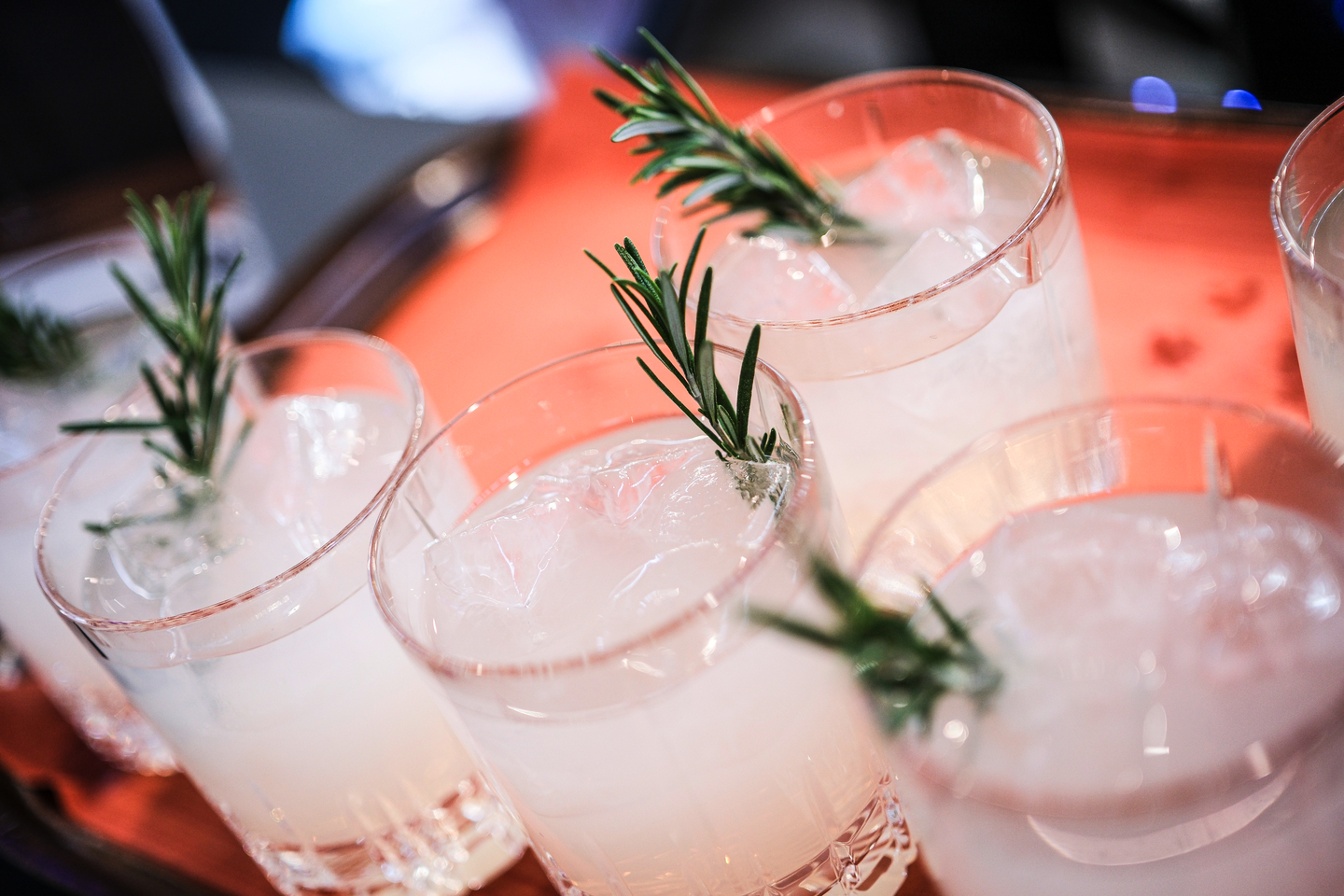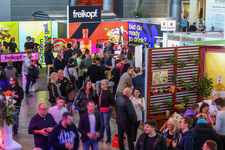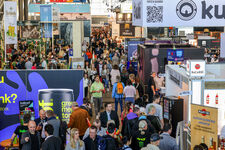NO & LOW ALCOHOL – the new realism of gastronomy
It has long since been about doing without, and instead is about variety, sensory sophistication and a new gastronomic self-image. Professionals in gastronomy must do more than just observe this transformation – they must actively help shape it.
1. Status quo: Why NoLo has come to stay
The numbers say it all: According to IWSR (2024), the volume of alcohol-free beverages in the ten leading NoLo markets worldwide grew by 9% in 2022. The market share rose from 65% (2018) to 70%. Note in particular: Over 40% of consumers switch between full alcohol and alcohol-free options depending on the situation. This means the future is not about deciding for or against alcohol, but about conscious consumption.
2. Customers have changed – and with them the requirements
Health, mindfulness, lifestyle: The motives for alcohol-free beverages are as varied as the target groups themselves. “Sober Curious” is the buzzword for a movement that is rethinking alcohol-free fun. The classic equation “no alcohol = no fun” is outdated. Today's guests expect alcohol-free alternatives that match the originals in terms of look, taste and emotion.
3. The economic incentive: Profit margin meets design
Alcohol-free signature serves are not just a sign of culinary intelligence, but also clever business. As Sebastian Libiseller (Sales Manager, Spitz) stresses, assured success is the deciding factor for many businesses: quick, reproducible, visually consistent. A high-quality syrup like the new alcohol-free Aperitivo from Spitz brings a taste of the Italian summer to your glass – simple but with high margins.
4. Sensory experience, not surrogate: Why it's not about imitation
The next generation of alcohol-free beverages are not copies, but an independent experience. Brands like MURI, AMA Brewery and Combuchont demonstrate how complex tastes, which can hold their own against wine and spirits, can be produced through fermentation, hybridisation or using tea as a base. NoLo is not a replacement product, but a cosmos all of its own.
5. Diversity in implementation: From shrubs to Pet-Nats
The range of alcohol-free taste experiences today extends from flavoured water to shrubs and Kombucha-based Pet-Nats. The skill lies in the clever combination of product knowledge, pairing and presentation. The important thing is that the alcohol-free alternative must be curated, not tolerated. Only then is genuine added value on the menu.
6. Challenges: Acceptance, training, product range
Despite all these developments, information is still essential. The service personnel must know the story, the sensory mechanism and the applications. Without training, even the best product will fizzle out. Equally important: A well thought out product range that extends beyond cola and juice and also includes NoLo beer, wine and spirits.
7. Outlook: The future is alcohol-free(er)
The NoLo area will continue to transform over the coming years. With a predicted annual growth of 9% by 2026, there is no escaping this category. Businesses that invest in expertise, selection and communication today, will position themselves as contemporary, responsible and economically strong.
Summary: You don't need alcohol to have fun – just ideas
No & Low is not just hype, but an attitude. Gastronomy faces the task of bringing this attitude to life: Creatively, professionally and consciously. Anyone who seizes alcohol-free enjoyment as an opportunity will not only be redefining the menu, but also the understanding of hospitality in the 21st century.





